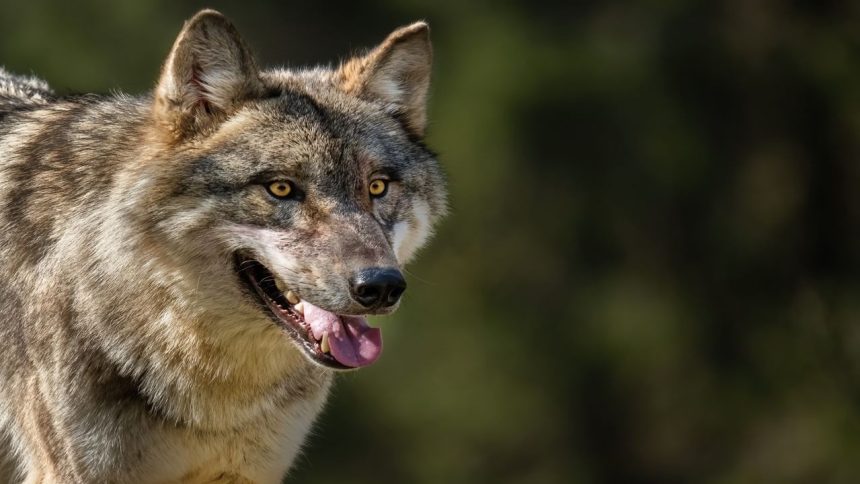New Delhi: The terror of wolves reigns in over 30 villages in Bahraich, where they had mauled nine people, mostly children. The district forest department claims to have captured four of the wolves out of the six, which could be behind the attacks. The help of drones and tranquilisers is being taken to catch the wolves.
Catching wolves is a tough task, because of their behaviour and characteristics. Why is it so difficult to track a wolf? Why do they pounce mostly on children and what should one do if one has an encounter with this animal? Read on to find the answers.
Why are they so elusive?
If we go by the chronology and timing of the recent attacks by wolves in Bahraich, we will find that there is a gap of 5-8 days in each of them. Despite mapping of the incidents, the foresters found it difficult to track the wolves, as they were roaming in a large area. The area where these wolves are roaming has sugarcane fields and it is close to a sanctuary. The wolves don’t stay at one place and continue moving from one place to another.
According to experts, wolves are inconspicuous and monitoring them is difficult. They have the tendency to live in a structured population of territorial packs. Since wolf pack territories are not regular and often unpredictable, they continue to be elusive. This is the reason why wolf surveys take a lot of time. It is next to impossible to predict their movement due to their shifting nature.
A wolf travels 50 kilometers or even more every day in a pack. They communicate with each other through their bark, body language and smell.
Experts also say that the wolf’s sense of smell is very sharp. They never leave their companions alone. If a companion is taken somewhere by being trapped in a hunt, then they have the ability to reach there. The reason for this is that smell. It is difficult to catch it without a strong strategy.
Why do they mostly target children?
Children are more likely to be targeted by wolves than older humans. Children are physically weak and their size is small. This is why they make they are the soft targets. Besides, in many cases it has been found that children mistake wolves for dogs and get drawn towards them to play with them. And the wolves pounce on them.
What should one do on encountering a wolf?
There are a few things that one should keep in mind if one encounters a wolf. For instance, never turn your back towards a wolf or a pack of wolves. If he is at a distance, back away slowly. If possible, keep eye contact with him. One should use air horns or other sound producing devices. Use sticks, branches or other objects aggressively to deter wolves from approaching. If attacked, use sticks, stones or anything to give it a fight. If there is a tree nearby, climb it.
